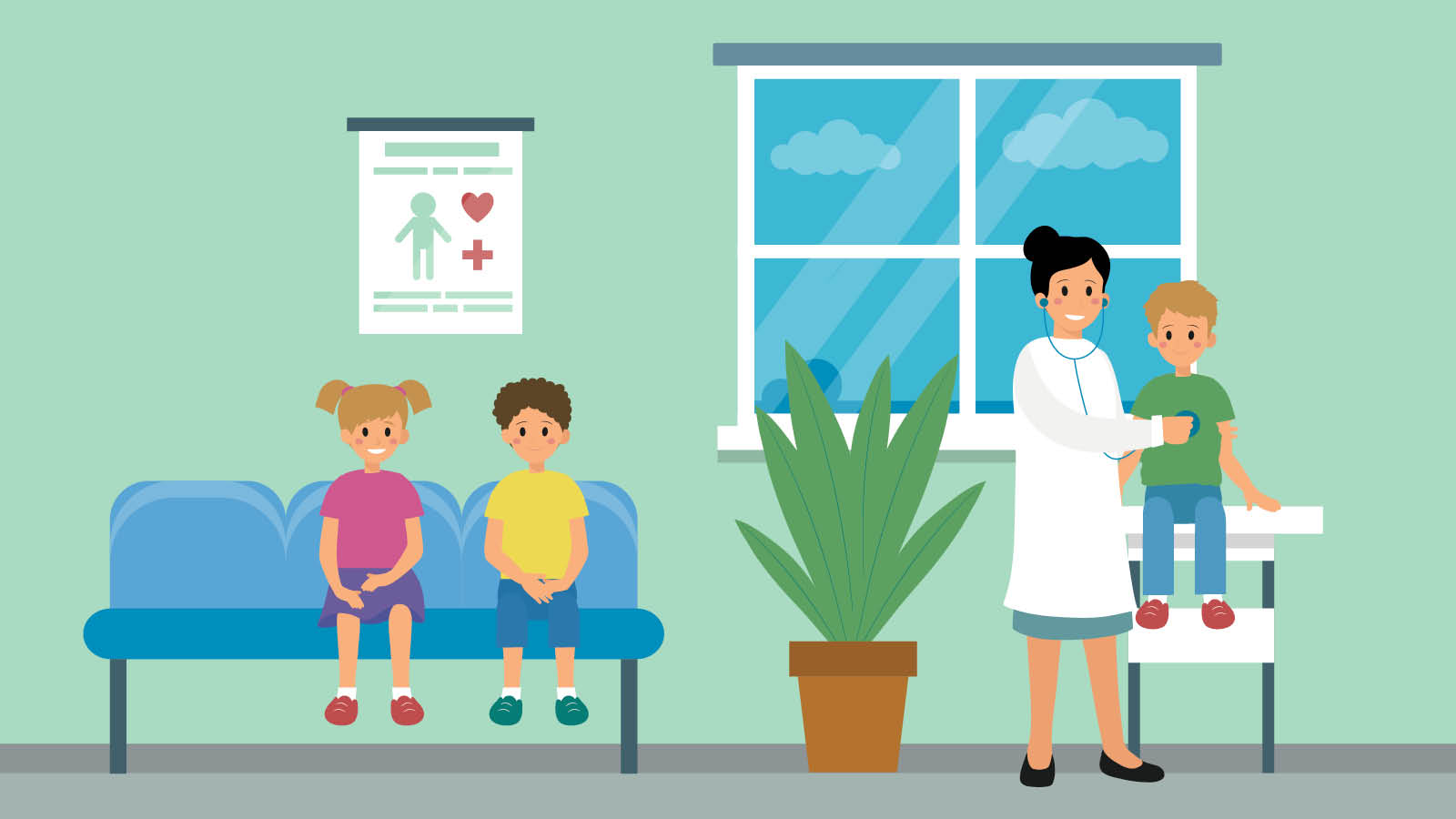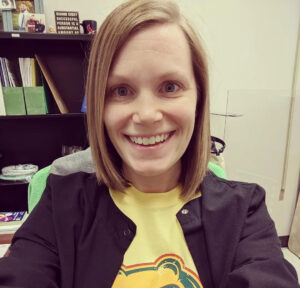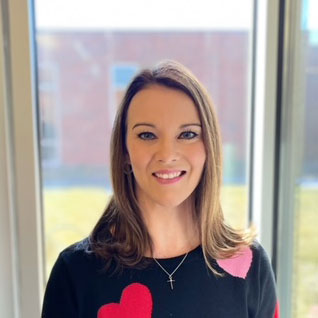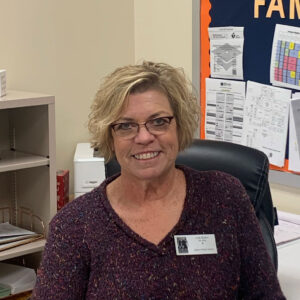The Nurse’s Office: A Student’s Safe Haven

How CPS nurses impact students’ lives.
During the eight hours in a school day, school nurses are responsible for managing the health issues that arise in their school building. From students to staffers, from minor cuts to ambulance calls, they do it all —much more than most people realize. For many, the nurse’s office is a safe place where someone listens and attends to their physical and mental concerns, an experience that, unfortunately, many students do not have outside of school.
Despite a shortage of school nurses, particularly following the pandemic, many in this profession continue to give their all despite the stress they experience for the sake of their students. To shine a light on these incredible professionals and the invaluable work they do, we interviewed three school nurses from Columbia Public Schools.

Danielle Lamm
Nurse at Rock Bridge High School
At age 12, Danielle felt a calling to work in the health industry after taking care of her ill grandmother. Danielle would go to her house after school and help her through recovery, and she got a taste of the joy she now feels daily from helping others. As a high school nurse, her experience differs slightly, as her students are nearly adults. Through her five years of experience, Danielle describes an increase in kids seeking help for mental health issues the past couple of years. But what she enjoys about working with this older demographic is the fact that she gets to be real with her students and have honest conversations. When a student wants to go home frequently, Danielle is the one who asks them the hard questions: “What’s really going on?” and “How can we keep you in school and learning, as it’s in your best interest?” These conversations can be tough, but they come from the heart and help teach students to become independent in their health care.
Nothing makes Danielle happier than when past students come back to visit and update her on their lives. One student in particular, who she saw daily for regular medication distribution, brings her baby to see Danielle, and that is always a highlight of her day. It’s proof of the connection she builds with these students and the long-term impact she has on their lives. She admits that prior to starting, she herself didn’t realize all that a school nurse does. “It is what you think, but it’s also so much more than that.” For a school nurse, there are no bells and whistles or machines that provide immediate diagnosis or triage, only their assessment skills and creativity in finding resources.

Rachael Alexander
Nurse at Shepard Boulevard Elementary
Despite the fact it is only her second year as a school nurse, working with children is hardly new for Rachael Alexander. For 15 years prior to her job at Shepard, she worked in pediatrics and pediatric intensive care units. Once she had her own children — 3-year-old twins Beckett and Brooks — she wanted to find a job more suitable for family life. Though the kids she works with are not acutely sick, she still sees as many, if not more patients, in a day than she did in previous jobs. Between 70 and 80 kids may visit her office in a day. Twenty of these kids visit daily for medication, while others come in for injury or illness throughout the day. “Some days it’s ice packs and bandages; other days it’s broken bones and calls home,” Rachael says.
Along with triage treatments, Rachael is responsible for making sure immunizations are up to date, performing vision and hearing screenings, COVID contact tracing, providing additional resources to families, scheduling care such as dental and vision appointments, and more. Rachael says, “It’s not always just about the students, but the families as a whole getting through trying times.”
No matter the reason a student comes in, Rachael always tries to wipe away those tears and have them leave with a smile. One of her favorite memories as a school nurse was Nurses’ Day her first year, when her office was flooded with handmade cards, treats, pictures, and thank you notes from the students she serves.

Julie Bolton
Nurse at Oakland Middle School
“It took me six years to get you back, but I did.”
That was one of the first things Julie heard from her previous boss upon returning to school nursing. Julie Bolton has nine years of experience as a school nurse under her belt, starting in 2006 and then taking a brief hiatus from 2014 to 2020 before returning to the profession. During the hiatus, she worked in family medicine and found that she was taking care of the same patients she saw as a school nurse, but as adults. She wasn’t immediately sold on being a school nurse with her previous background in critical care nursing, but she fell in love with the upbeat atmosphere the kids provide and knowing she could make a positive impact on their lives. “You never know what emotional or physical burden they’re dealing with each day, but you can be the solid person they connect with.”
One of her favorite tools in the school is the electronic nurse pass, which is a Google Sheet that pulls up a student’s information and their reason for wanting to visit the nurse. From there, Julie can respond with the appropriate course of action without kids having to physically visit her office, which is important as they work to maximize students’ school days and keep them in their seats.
Despite the challenges that come with her position, such as working through language barriers with the multiple refugee children at Oakland and not having the tools at a typical hospital or doctor’s office at her disposal, Julie stays motivated by thinking of her students first. “We just have to keep our eye on the prize, and the prize is our kids’ wellbeing!” she says.


